#NatureZen: Get to Know Your Woodpeckers
As winter turns to spring, we’ll soon see an influx of migratory birds. But for now, let’s spotlight some of the stars of the winter forest: the woodpeckers!Seven species of woodpeckers are regulars in the Old Forest, and most of them stay with us year-round, including these two: the hairy woodpecker (left) and the downy woodpecker (right). They look awfully similar when you encounter them, but hairy woodpeckers are generally slightly larger and have longer bills.
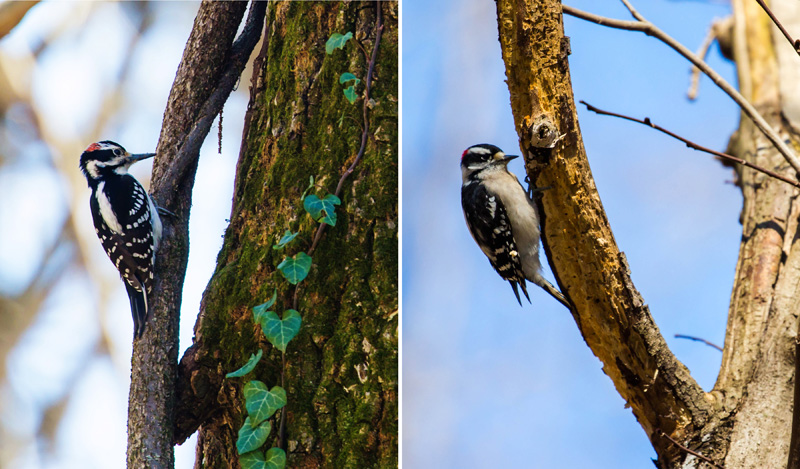
Our winter-only woodpecker is the yellow-bellied sapsucker. This time of year, you’ll find them drilling neat rows of holes into tree bark in order to drink the sweet sap within. Maples and hickories are especially popular for their sweetness.
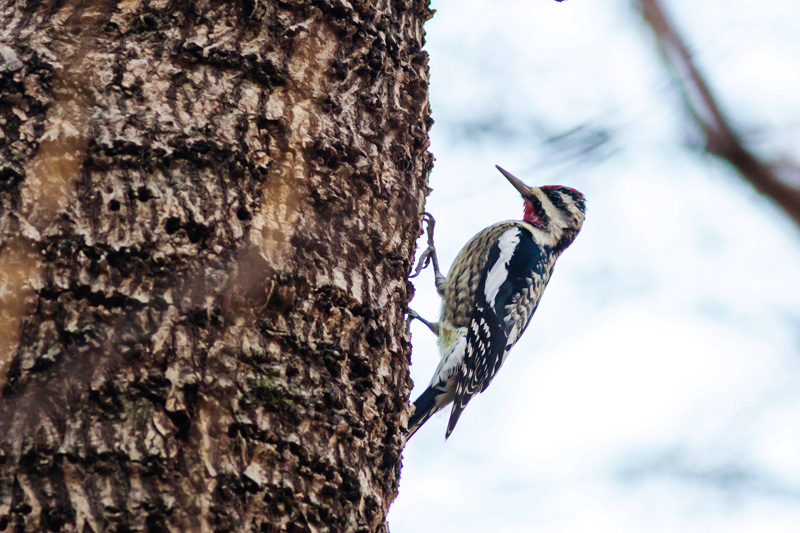
We’re betting you’ve heard the raspy call of the red-bellied woodpecker if you’ve spent time walking in the woods. (Listen to it here.) One of our most common woodpeckers, its red head is more noticeable than the light flush of red on its belly (which is often up next to a tree branch).

However, there actually IS a red-headed woodpecker, and it’s obvious why it earned that name. This woodpecker is an occasional visitor to the Old Forest, but it prefers a mixed pine/oak forest here in the southern part of its range. A great local spot to see them is Poplar Tree Lake at Meeman-Shelby State Forest.
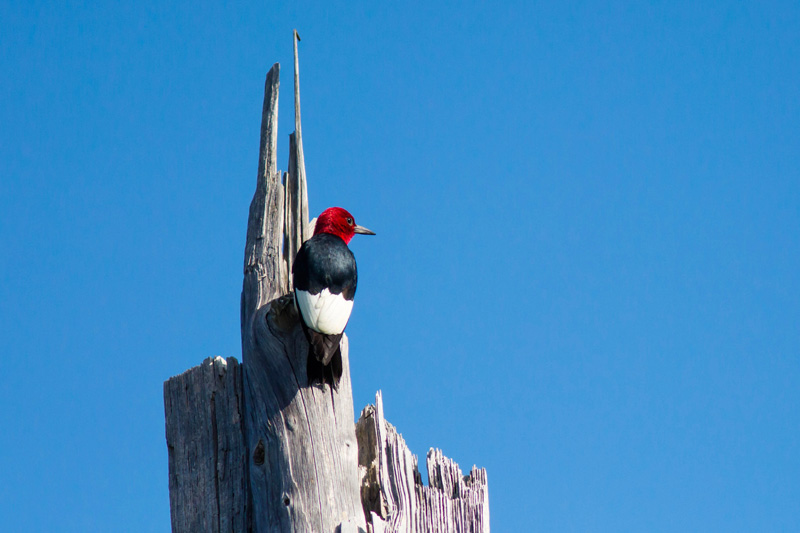
The beautifully marked Northern flicker is often spotted on the ground. If you come across it and it flies away, you’ll notice a bright yellow flash under its tail. In the western part of the U.S., these undertail feathers are red instead of yellow.
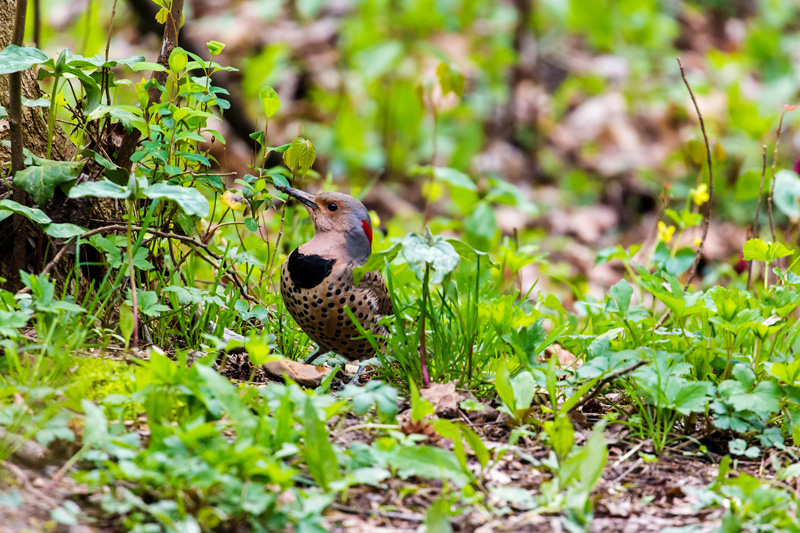
Why is the flicker often on the ground? Because it likes to eat ants, as its long tongue suggests!

Finally, we have the superstar, one of the largest birds found in the Old Forest. The pileated woodpecker is one of the reasons we leave dead trees standing in the forest until they fall down naturally (unless they present a hazard to visitors, of course). Pileated woodpeckers nest in these dead trees, or snags, and they often reuse the same nest holes for multiple years.
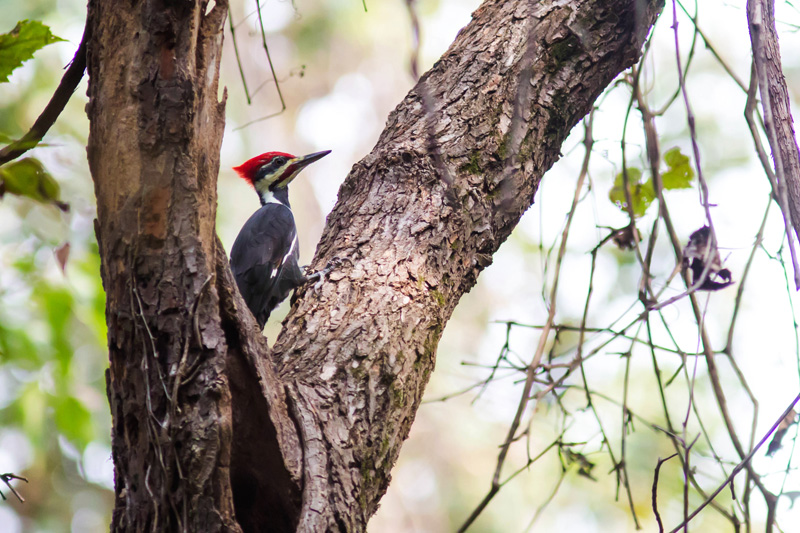
We hope you enjoyed getting to know these charismatic birds! Learn more about them (including how to identify them by ear) at AllAboutBirds.org.
Want #NatureZen in your inbox? Sign up for our emails!



